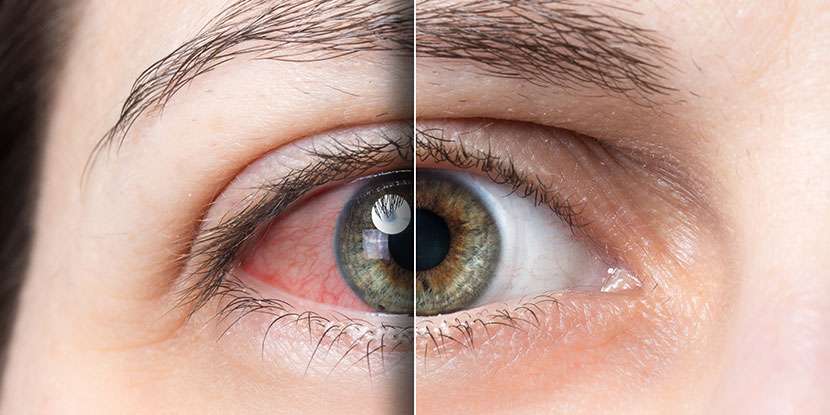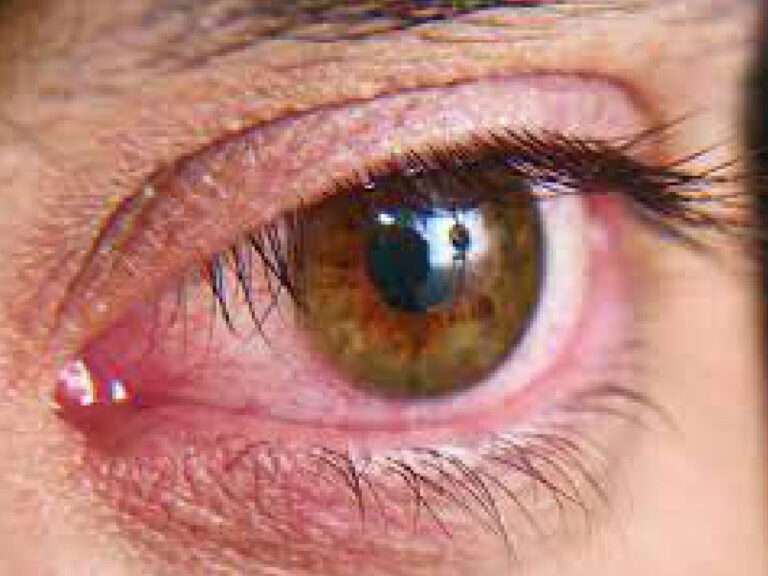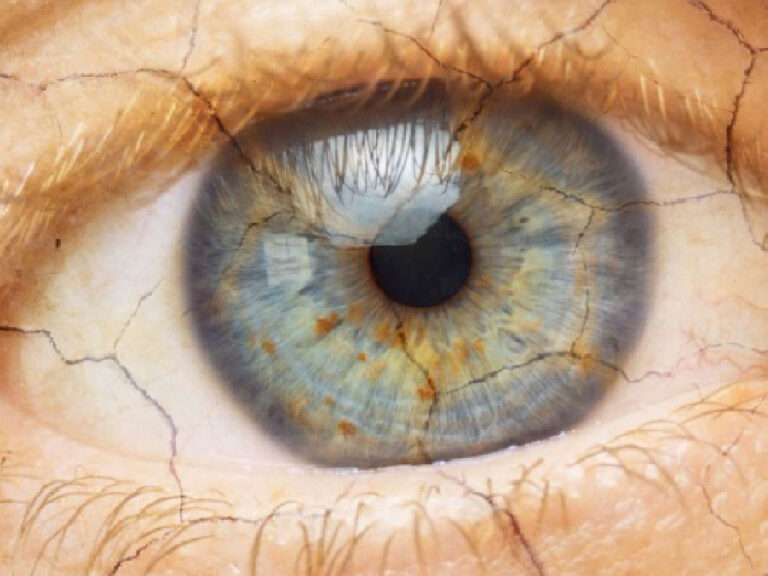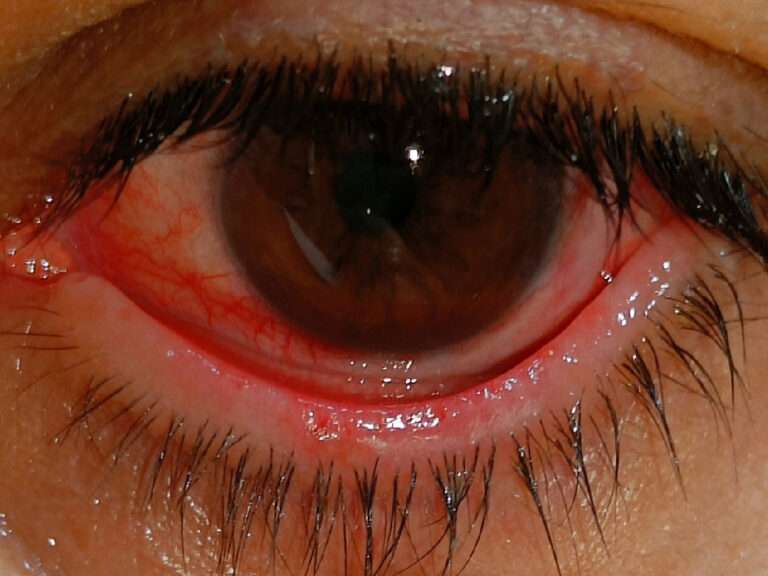
Dry Eye Disease
Q. What is Dry Eye?
A. It is defined as the condition where the eyes are unable to keep themselves moist.
Q. What are the types of Dry Eyes?
A. There are mainly two forms of dry eye; tear deficient type where tear secretion is reduced significantly and evaporative dry eye type where the tear evaporates rapidly from the eye surface leaving the eye dry.
Q . What are the symptoms of Dry Eye?
- Gritty Sensation
- Foreign Body Sensation
- Burning Sensation
- Excess Tearing
- Blurring of vision
- Headache/ Migraine
- Red Eyes
Q. Am I at risk for Dry Eye?
A. Dry eye can affect an individual at any age, but it is more likely to occur if you are:
- Age > 50 Years
- Gender – Female
- History of contact lens use
- Dietary Habits – Lack of Vitamin A or Omega-3 Fatty acids
- History of Autoimmune diseases such as Sjögren Syndrome OR Lupus
- Long hours of Computer use – Digital Eye Strain/ Computer Eye Syndrome – due to infrequent blinking
Q. What is MGD?
A. MGD is a Meibomian Gland Dysfunction, a form of evaporative dry eye. In this condition, the meibomian gland present in eyelids ceases to secrete the oil which creates a lipid barrier over a tear film, preventing them from rapid evaporation of the eye surface.
Q.What is the treatment for Dry Eye?
A. Dry Eyes are treated better in the earlier stage. There are various treatment options available based on the severity of Dry Eye
- Lubricants– Artificial Tears either in form of drops or ointment. They help to substitute for the deficient tear secretion and stabilize the tear film
- Tear Stimulators– Medicines like cyclosporine and lifitegrast stimulate and increase tear production. They are mostly prescribed in severe dry eye cases
- Lifestyle Modifications / Home Remedy
- Avoid Smoking
- Avoid direct dry air from AC conditioner or ceiling fan
- Use of humidifier in workspace or bedside
- Limiting the screen time – Rule of 20
- Use wrap-around sunglasses pair to avoid dust and heat
- Stay hydrated – minimum of 8-10 glasses of water every day
- Minimum 7-8 hours’ sleep
- Warm or Hot compressions
- Tear duct plugs/ Punctal plugs– If the dry eyes are severe or the drainage of the tears is rapid, then blocking the tears drainage ducts either temporarily via punctal plugs or permanently via punctal cautery can provide relief.
- Surgery – In rare cases the eyelids become loose or are not in touch with the eye surface, causing increased tear drainage. This can be fixed by tightening the eyelid to the normal resting position.







